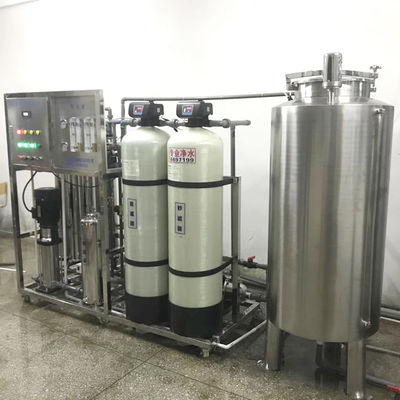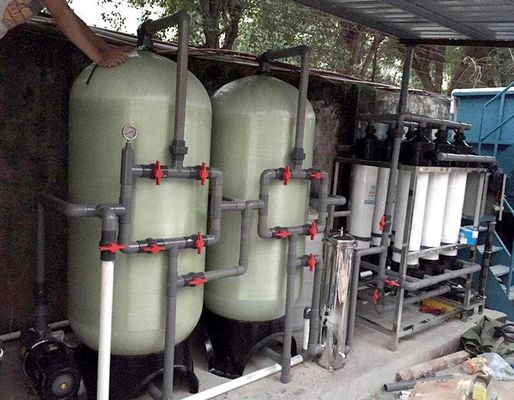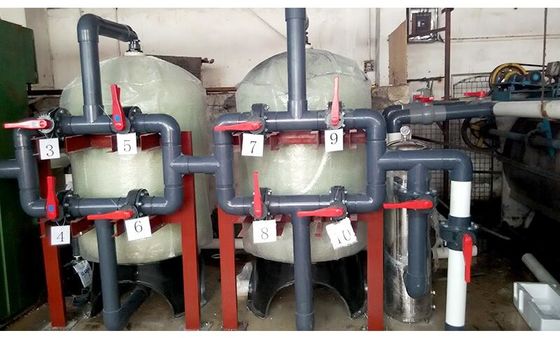|
상세 정보 |
|||
| 기술: | 가압된 여과 | 재료: | 탄소강 / FRP / 스테인레스 강 |
|---|---|---|---|
| 디자인: | 컨테이너형인 미끄럼 탑재 / | 물 임시.: | 5~35˚C |
| 물 흐름율: | 최고 1,000 m3/day.vessel | 전압: | 380V,415V,220V, 맞춤화될 수 있습니다 |
| 애플리케이션: | 표면, 지하수, 하수 물 처리 | 사이즈: | Dia.20cm~180cm |
| 강조하다: | GAC 멀티미디어 필터 물 처리,OEM 멀티미디어 필터 물 처리,FRP 입상 활성탄 물 필터 |
||
제품 설명
China Supplier High Quality Cheap Activated Carbon Filter FRP Tank
Commercial Activated Carbon Water Filters
Commercial Granular Activated Carbon Water Filters ( GAC ) are designed for outstanding performance, and are ideal for removing chlorine, organics, chloramines, colours, odour, THMs and Volatile Organic Compounds ( VOCs ) from water. They are cost effective and reliable.
Our Commercial GAC Activated Carbon Water Filters are available in a range of different types of activated carbon which are matched with the application and also types of contaminants that need to be removed:
- Granular coconut shell activated carbon
- Bituminous activated carbon
- Silver impregnated bacteriostatic activated carbon
- Catalytic activated carbon
GAC Activated Carbon Water Filters features:
- Comes with standard Clack electronic control valve. A mechanical control valve is available on demand
- Heavy duty structural tanks – Poly Glass mineral tank
- All brass, motor driven control valve with fully adjustable regeneration cycles (on units with electronic control valve)
- Self adjusting backwash control (on units with electronic control valve)
- Flow controller to limit backwash flow
- Engineered for commercial and industrial use
- Optional skid mounting for tanks
Activated charcoal is used in water filters, medicines that selectively remove toxins, and chemical purification processes. In the production of steam-activated charcoal, first the coconut shell or coal is heated to create a char. This char is then “activated” in a furnace at high temperatures of 1,700° to 1,800°F with steam in the absence of oxygen. In the steam-activation process, all volatile compounds are removed, and at the same time layer after layer of carbon atoms are pealed off, enlarging the existing internal pores, and leaving behind a carbon skeleton. The carbon + steam reaction results in producing hydrogen gas and carbon monoxide (C+H2O=H2 +CO). As the carbon monoxide gases off it takes carbon atoms with it. Typically 3 pounds of raw charcoal will produce 1 pound of activated charcoal.
Chemical-activation produces the same end result – a much increased internal surface area – but uses a chemical solution to chew away the internal structure. Typically wood-based activated charcoals are commercially made using heat (450–900 °C)and phosphoric acid. This “activation” process results in the creation of an enormous surface area — on the order of 600 to 1,200 square meters per gram (m2/g), depending upon the raw material used and the process.
The treatment results in a highly porous charcoal. These tiny holes give the charcoal a surface area of 300-2,000 m2/g, allowing liquids or gases to pass through the charcoal and interact with the exposed carbon. The carbon adsorbs a wide range of impurities and contaminants, including chlorine, odours, and pigments. Other substances, like sodium, fluoride, and nitrates, are not as attracted to the carbon and are not filtered out. Because adsorption works by chemically binding the impurities to the carbon, the active sites in the charcoal eventually become filled. Activated charcoal filters become less effective with use and have to be recharged or replaced. Organics are typically removed by adsorption and residual disinfectants by catalytic reduction .
What are the benefits of activated carbon?
- Highly effective at removing non-polar organic chemicals from water.
- Our activated carbon is the only activated carbon on the market incorporating Poly-silsesquioxane with durable antimicrobial properties.
- Applicable to a wide variety of organic compounds
- Very effective at removing colours from waste streams.
- Effective at removing low levels (ppb range) of inorganic pollutants.
- Thermal regeneration of the carbon destroys the adsorbed waste solute.
- Very flexible system allows rapid start-up and shut down as needed.
- System can be designed so that it is portable, to be taken to waste sites.
Limitations of Activated Carbon Treatment
- Limited to wastes with low organic concentrations (< 5%).
- Limited to wastes with very low inorganic concentrations (< 1%).
- Unable to remove highly soluble organics, or those with low molecular weights.
- Systems can not tolerate suspended solids in the influent stream (due to clogging).
- Does not effectively remove chloramines.
- Adsorption efficiency is related to residence time and condition of carbon bed.
![]()







